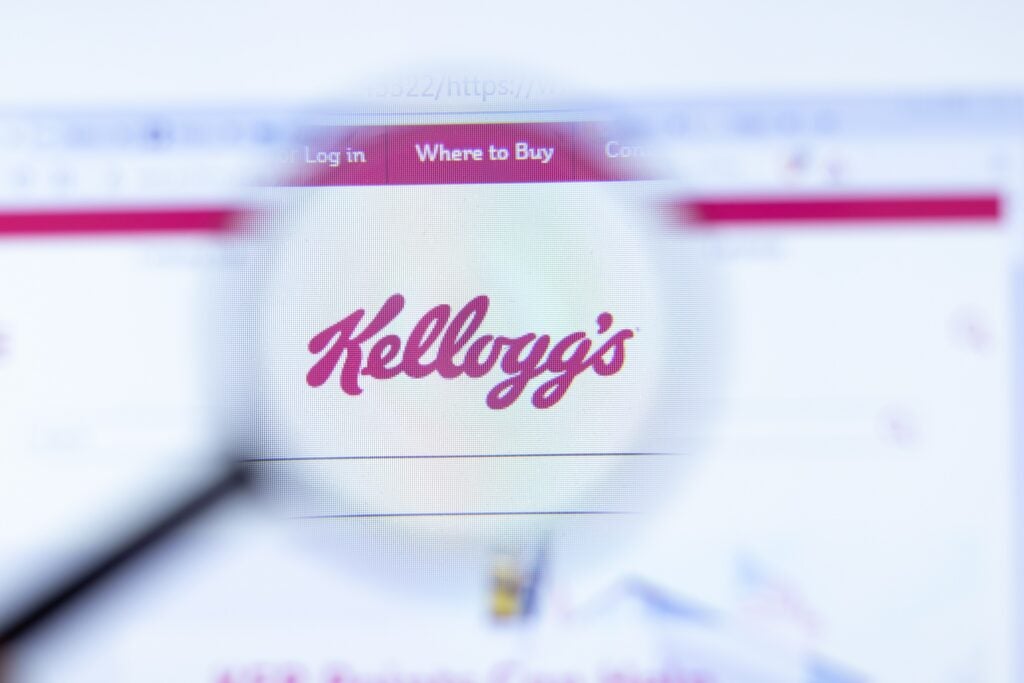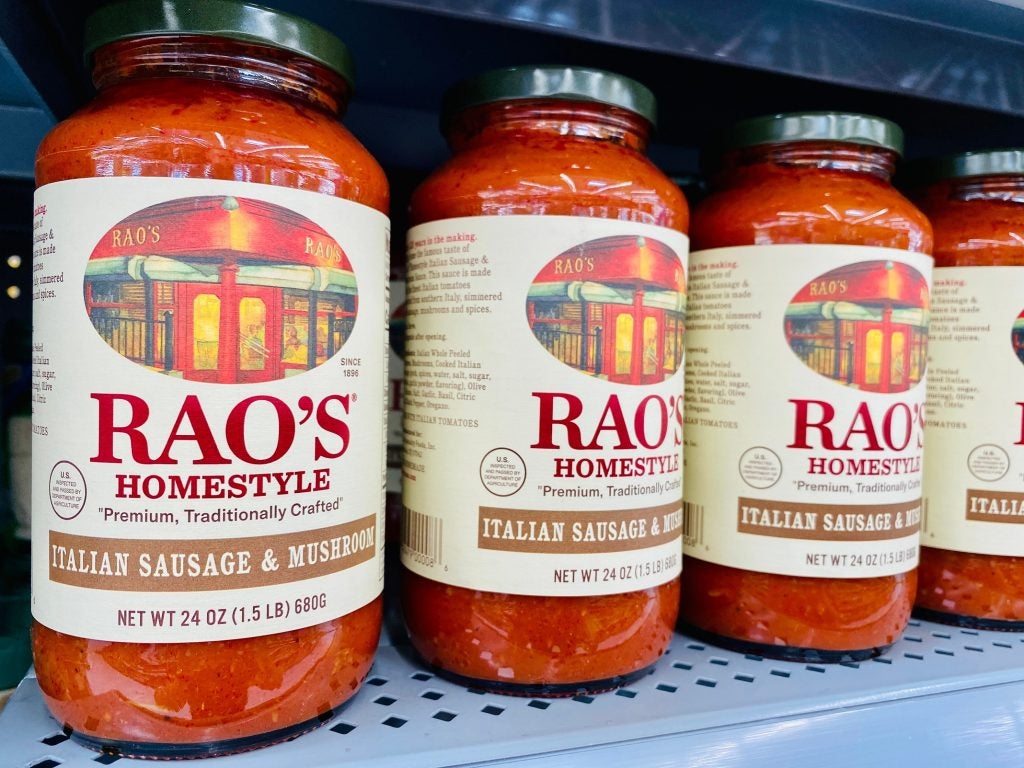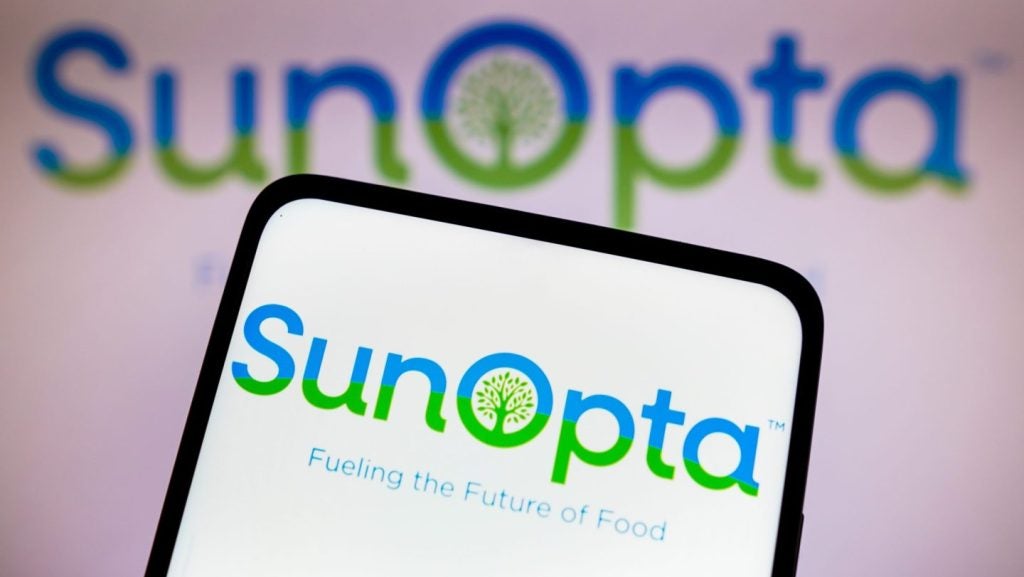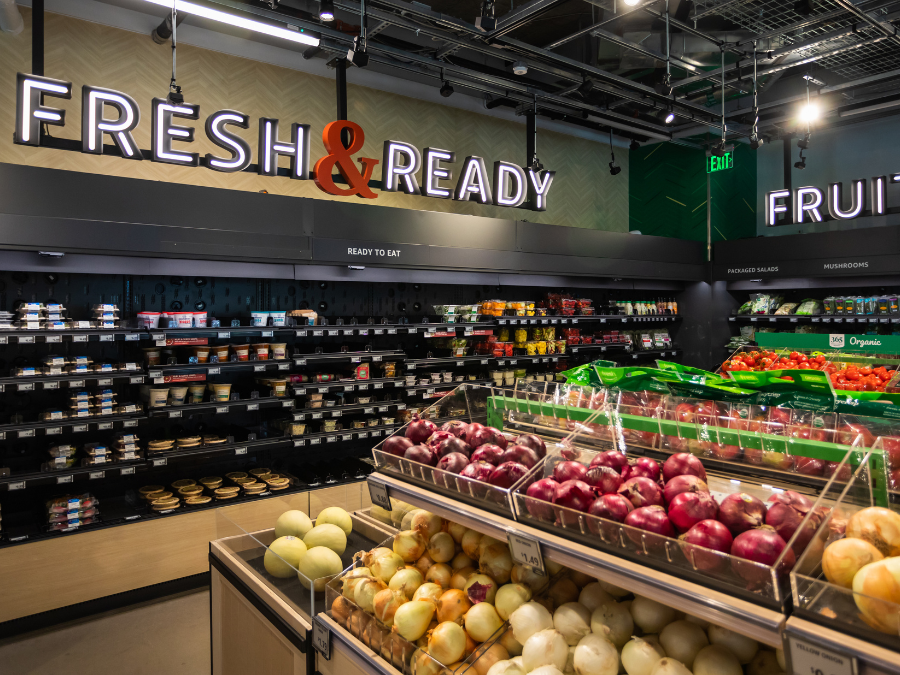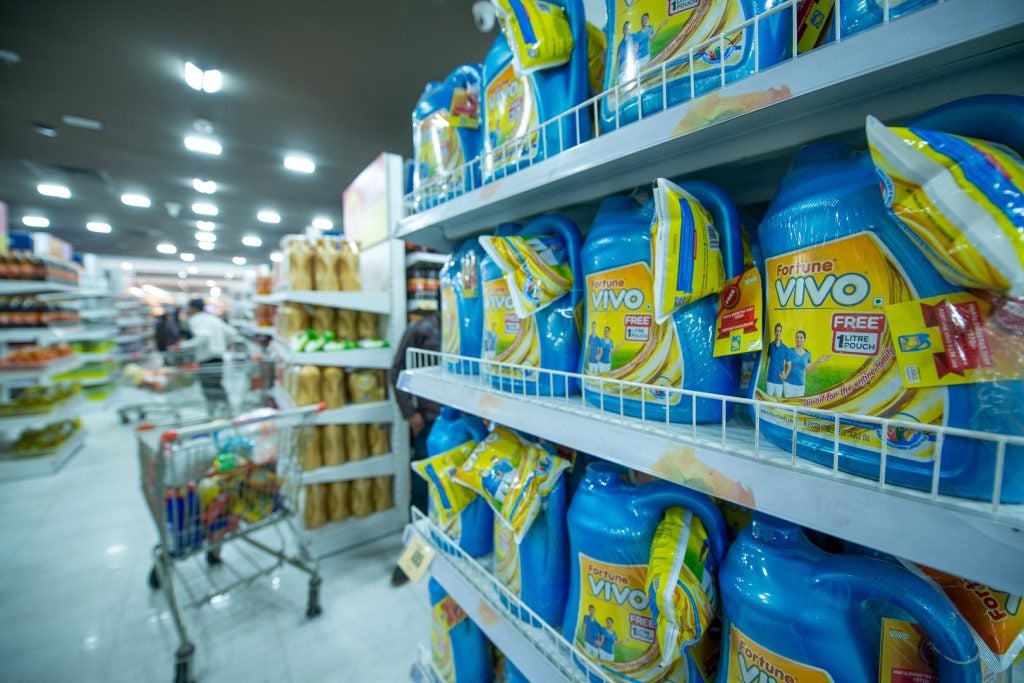Kellogg, which is set to split in two, sees margin expansion as key to the strategies of the new businesses set to come into force by the end of the year.
However, the plans are also quite different between breakfast cereals in North America under what is to become WK Kellogg in the fourth quarter, and Kellanova, centred on snacks, frozen foods and the rest-of-the-world cereals market.
A year ago, Kellogg announced radical transformation plans to split into three, independent, public companies.
Initially, the Special K brand owner said it intended to spin off its cereal operations in North America – covering assets in the US, Canada and the Caribbean – into one entity.
Kellogg also planned to create a separate plant-based foods business. At the time, the company said it was exploring the possibility of selling the plant-based assets, following the split.
The remaining operations, which represented the other 80% of the group’s net sales last year, were to be focused on the Pringles maker’s global snacking assets, as well as on its international cereal and noodles operations and its North America frozen breakfast assets.
By February this year, Kellogg, after weighing up the “strategic options” for the plant-based assets, quashed the idea of selling off the division, citing the category’s “long-term growth prospects”.
And, yesterday (9 August), executives gathered at the New York Stock Exchange to deliver a six-hour-long presentation to analysts, including Kellogg’s current chairman and CEO Steven Cahillane – who will head up Kellanova (which, incidentally, is where the plant-based assets will be housed) – and the chief of WK Kellogg, Gary Pilnick.
Initially, WK Kellogg’s focus is on stabilising “flattish” sales from North American cereal – hit by US strikes last year and a fire at one of its plants – with a view to then accelerate sales further down the line and grow margins. M&A to drive those goals has been ruled out, at least in the short term.
Kellanova, meanwhile, will pursue “faster growth” in sales and profits, with emerging markets cereals and snacks helping drive margin expansion.
Matthew Smith, an analyst covering Kellogg at US investment bank Stifel, said he “looks favourably on the solid fundamentals in each of the businesses”.
He added: “The spin is expected to unleash the potential of the global snacking company through Kellanova’s growth-oriented portfolio, with the company’s growth outlook in line with snacking peers. And, for WK Kellogg, the spin-off allows the company to compete in the stable cereal category and focus on profit growth through margin improvement as the company invests heavily in its supply chain.”
WK Kellogg chief Pilnick outlined what he called first and second horizons for North America cereal: “On that first horizon, what makes our model work is a flat top line, a stable top line, and that gives us the opportunity to grow our margin very, very meaningfully.
“We think it’s prudent to assume that the category will stay flattish and we’re actually going to be able to do better. We think, for this first horizon, it is prudent for us to be thinking, ‘we’ll maintain that stable top line and then at the same time be investing across our supply chain to drive an additional margin expansion.‘”
WK Kellogg sales
Earlier in the day, Kellogg presented financial guidance for both businesses.
WK Kellogg’s net sales, encompassing the US, Canada and the Caribbean, are projected at $2.7bn for 2024, which would be “on par with 2023 on a like-for-like basis”. The outlook for adjusted EBITDA was set at $255-265m.
The adjusted EBITDA margin will likely “improve” by 500 basis points by the end of 2026 into the “mid-teens” area, Kellogg said, from the first quarter’s 9.3%.
Longer term, Kellogg “projects stable net sales over the three-year period” for North American cereals.
David McKinstray, installed as CFO of WK Kellogg, explained his take on the margin progression: “We do expect earnings to sequentially improve in ‘24-‘25 and then outsized improvement in 2026. So a more moderate sequential improvement in ’24, maybe more sequential improvement in ‘24-‘25 and then outsized improvement in ‘26.
“An important part of our plan is winning on the top line within the market and then delivering that EBITDA growth.”
The expansion in the EBITDA margin will mostly be led by the gross profit margin, which should be around the “mid-to-high-20s” at the end of 2023, he added.
Chief growth officer Doug VandeVelde said winning back market share in cereal would also be key: “Embedded in our plan is our ability to grow share. Our planning assumption is the category returns to its pre-Covid level, which is a low-single digit decline. We’re going to outperform the category and we’re going to grow share as a result of that and that’s consistent with our net sales guidance,” he explained.
Alexia Howard, an analyst at US investment bank AllianceBernstein, says WK Kellogg’s adjusted EBITDA margin target was “well below our expectations” and suggested the goal for flat net sales growth between 2023 and 2026 “may be ambitious”.
She added: “WK Kellogg faces structural category headwinds as ready-to-eat North America cereal volumes have declined sequentially every year since 2008, with the only reprieve being 2020. And Kellogg’s North America cereal business actually performed worse over this period of time.
"On top of this, the business may be on worse negotiating footing with retailers without Kellanova’s iconic and faster growth brands tied to part of its negotiations – although management countered with a view that a shift in culture and increased focus could improve this trajectory – since a goal of flat net sales growth over the next three years this will act as a drag on overall retailer growth.”
CEO Pilnick headed off a question on potential M&A, which he said might also include licencing agreements or joint ventures in the future.
“We do think there is a unique opportunity as we’re building this organisation, as we’re building our corporate, our IT, our distribution. We can scale up when that time is right but it’s not right now.”
Kellanova outlook
Cahillane opened his presentation with a statement that Kellanova “is an extremely compelling investment opportunity”, geared toward “recovering profit margins” with “strong top-line momentum”.
The strategy for Kellanova was encapsulated as driving “faster growth in net sales and faster growth in profit – faster than Kellogg Co. and faster than our peer group”.
Asked why Kellogg had not opted to dispose of the cereals business outside North America, Cahillane said: “We think developing-market cereal is a terrific growth driver for us. It works very differently outside the North American region, hence why we decided to keep it. And it wasn’t a close call for us, it was really a very compelling rationale.”
Kellanova sales, which will also include noodles from the current portfolio, are projected at $13.4bn to $13.6bn for 2024, with adjusted operating profit of $1.85bn to $1.90bn. The outlook for adjusted EBITDA was set at $2.25-2.30bn and adjusted earnings per share at $3.55-3.65.
EPS guidance for WK Kellogg has yet to be finalised.
In the longer term, Kellanova expects to achieve organic sales growth of 3-5% “over time” and adjusted operating profit of 5-7% on a currency-neutral, adjusted basis.
It expects a “steady improvement” in the adjusted operating profit margin, “ultimately exceeding a medium-term target of 15%”. Growth in adjusted, currency-neutral EPS is predicted at 7-9% “over time”.
Contributions to Kellanova’s annual net sales were also broken down by category: snacks 60%, cereals 20%, 10% for frozen foods, which includes the MorningStar Farms plant-based protein brand, and noodles 10%.
Reflecting on the two presentations, AllianceBernstein's Howard said investors are “somewhat sceptical” about WK Kellogg’s “turnaround story”. By comparison, she added, “Kellanova’s presentation all seemed ‘understood’ and relatively reasonable and thus not too surprising as a result”.
She described Kellanova’s long-term plan for earnings growth as “reasonable” and said organic sales growth of 3-5% a year “seems manageable, given the 30% exposure to emerging markets and 80% exposure to snacks and emerging markets combined”.


